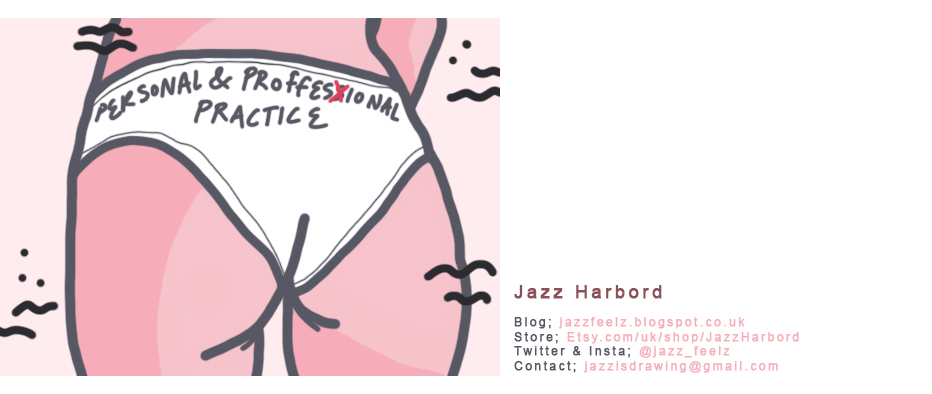All used images found on Pinterest; New Pinterest Account Now Active
Five aspects of illustration I personally feel are important;
- Narrative
- Composition
- Stylisation/Tone of voice
- Texture/Media
- Emotional Response
NARRATIVE
With each illustration, I think it's really important for some kind of narrative or story to be portrayed in the image. In some cases this can be dynamic and obvious, in others it can be much more subtle; in the arrangement of objects in a room or the details in the fabric of a worn down armchair. Narrative helps in decoding what the illustrator is trying to say or show the viewer, it can allow for ambiguity and interoperation and can ultimately engage the viewer in the piece.
Eric Drooker - Altamira on the subway
COMPOSITION
Before making any illustration, thought into the composition and layout of the piece should always be considered in order to not only make an image with meaning but that is also atheistically pleasing to look at. With the correct amount of thoughtfulness, composition can turn a good idea into a brilliant piece of image-making.
Eyvind Earle
STYLISATION//TONE OF VOICE
For me, I think was makes illustration so successful is it's ability to translate information from something either real world of imagined, through our own minds, into something that others can understand and empathise with. Having a unique tone of voice is something that is vital in most artistic subjects, but even more-so with illustration. Brands and companies seek out styles that they think would fit with their own 'image' and 'ideals' and vice-versa, as an illustrator, it's important to know which stylistics to employ in work to allow it to fit and engage with the brief. If every illustrators work was the same it would be an extremely dull profession to work in.
Egon Schiele
TEXTURE//MEDIA
Something I find myself really drawn to in illustrations is the use of texture and media within a piece and how affective it is in evoking the intended emotional reaction/purpose of the image. I love the hand-rendered quality texture can give to a piece of illustration; even if it has been made digitally. By simply overlaying particular textures or using a media in a particular way, a lovely sense of craft and charm can be achieved.
Rebecca Stadtlander
EMOTIONAL RESPONSE
In a lot of the 'Big Heads' talks that we've had recently, when asked 'what makes really great illustration' a lot of the responses are to do with illustrations that just immediately make you feel something. Illustrations that have a unique ability to reach the most human part of us and make us feel something. Whether that be happiness, humour, empathy, distress, sadness ect, illustration that beholds this one quality of human emotion can be the most powerful. Often an exact replica of real life is far from needed for this to occur, the drawings needn't be perfect or expertly precise, only authentic and honest. That translation from an idea or an event into an image can be endlessly altered by the illustrator, and it's this characteristic, this ability to show the world through our own individual eyes and invite others in to see it too, that is something rather special indeed.
Nadya Mira













